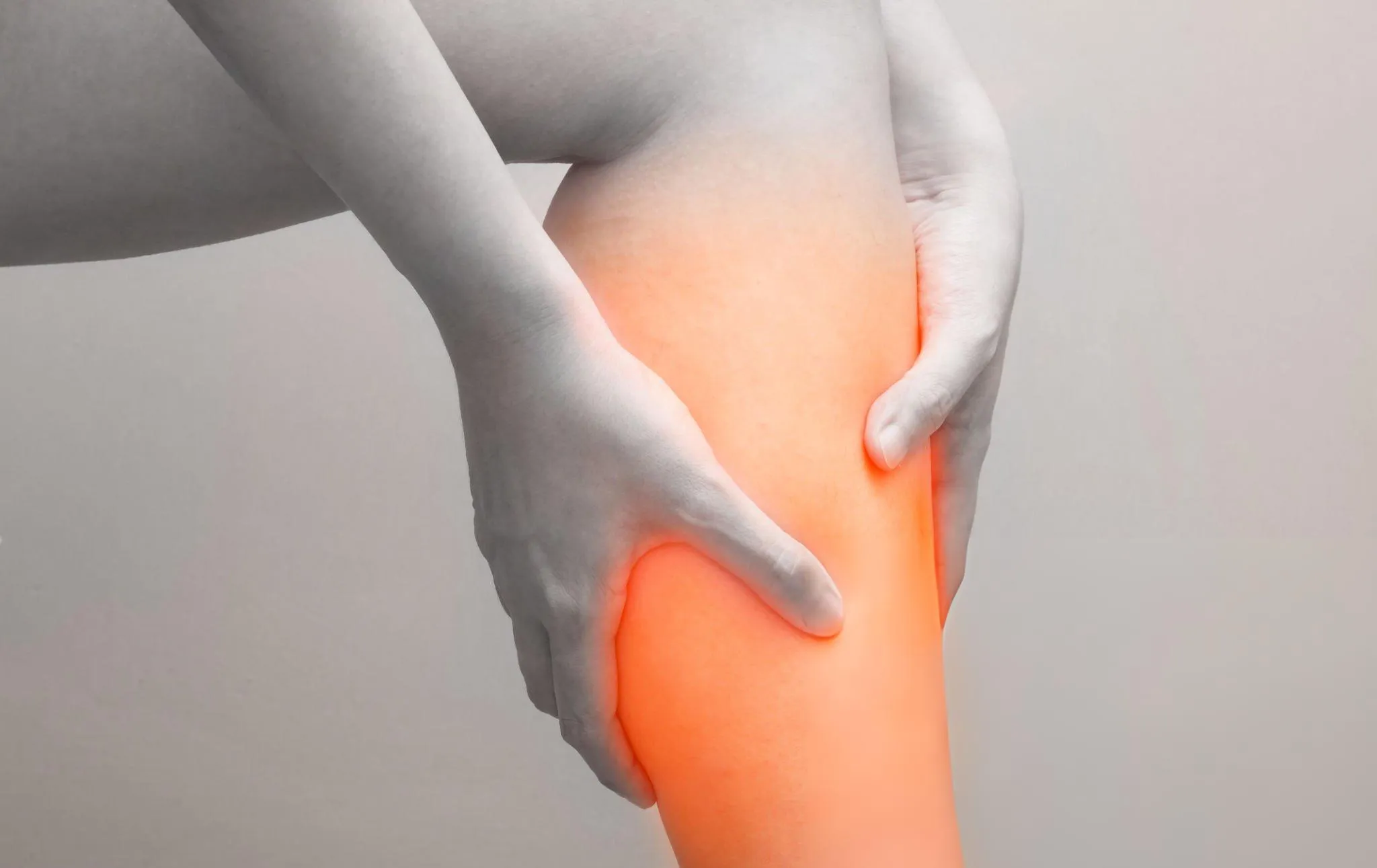A urinary tract infection (UTI) is a non-contagious illness that may damage the kidneys, ureters, urethra, and bladder, among other parts of the urinary system. The bladder and urethra are the sites of the majority of infections in the lower urinary system.
Urine is a waste substance produced by our filtration system in the kidneys. Urine is produced when the kidneys eliminate waste materials and excess water from the circulatory system. Microorganisms that enter the urinary system via the environment may cause infection and discomfort. This is an infection of the urinary system (UTI).
The Urinary Tract is Divided into Three Sections:
- Kidneys: These organs are in charge of excretion. They serve as filters for the body, filtering waste and extra water from the blood as it circulates.
- Ureters: These tiny tubes are responsible for transporting urine from the kidneys to the bladder.
- Bladder: A sac-like structure that retains urine until it is excreted from the body.
- Urethra: It connects the bladder to the rest of the body and enables urine to pass through.
UTIs are very prevalent, affecting 1 out of every 5 women at some point throughout their lives. UTIs are more prevalent in women, although they may also happen to men, the elderly, and children. In children, urinary tract infections develop at a rate of one to two percent. Urinary tract infections affect about 8-10 million individuals each year.
Causes
Bacteria enter the urinary system via the urethra and proliferate in the bladder, causing urinary tract infections. While the urinary system is meant to keep such tiny intruders out, it is possible that these defenses will not always work as they should. Bacteria may take root and develop into a full-blown infection as a result of this situation. The bladder and urethra are the most frequent sites for UTIs in women.
- Bladder infection or cystitis: This kind of urinary tract infection is often caused by the bacteria E. coli. A bacterium is often discovered in the gastrointestinal tract of an individual. Although cystitis may be acquired via sexual contact, it is not essential to be sexually active to get the disease. All women are at risk for cystitis because of their anatomy, especially because of the short distance between the urethra and the anus, as well as the urethral entry to the bladder, which puts them at risk.
- Urethra infection or urethritis: When stomach bacteria travel from the anus to the urethra, this kind of UTI may develop. Sexually transmitted illnesses such as chlamydia, herpes, gonorrhea, and mycoplasma may all induce urethritis in the female body due to the closeness of the female urethra to the vaginal opening.
Symptoms
UTI may not usually produce symptoms, but when they do, the following are some of the signs and symptoms to look out for:
- A constant and urgent desire to urinate
- Having a burning feeling when urinating regularly
- Urine that seems to be hazy
- Blood is present in the urine causing it to look crimson, bright pink, or cola-colored.
- Urine has a strong odor
- Pelvic pain in women is severe
Diagnosis
UTIs are diagnosed via the use of a variety of tests and procedures, which include:
Urinalysis is performed to determine the presence of any abnormality. It involves the analysis of urine. Your doctor may ask for a urine sample to be tested in the lab to see whether there are any WBCs, RBCs, bacteria, or other things present. In a laboratory, germs from the urinary system are being cultivated. After a urine examination in the laboratory, a urine culture is performed. This test will tell your doctor which bacteria are causing your illness and which medicines will work best.
Image taking of your urinary system. If you have recurring infections that your doctor suspects are caused by a urinary tract abnormality, you may need an ultrasound, CT scan, or MRI. Your doctor to highlight particular structures in your urinary system may also use a contrast dye.
Checking balder through the use of scope. If you have recurrent UTIs, your doctor may suggest a cystoscopy, which involves putting a long, thin tube with a lens into your urethra and bladder to inspect the inside. To examine the bladder, the cystoscope is put into the urethra from where it is progressed to the bladder.
Treatment
As a first line of defense against infection, antibiotics are often used to treat urinary tract infections. Your health condition and the kind of bacteria detected in your urine determine the medicines provided and their duration.
Fluoroquinolone antibiotics are not generally advised for treating basic urinary tract infections since the dangers of taking them exceed the advantages of using them for treating uncomplicated UTIs. If no other treatment choices are available, your doctor may prescribe a fluoroquinolone antibiotic in certain cases, such as a severe UTI or kidney infection.
The symptoms of UTI typically go away after a few days of treatment. You may need to take antibiotics for another week or longer. To get the most out of your antibiotic treatment, follow the instructions on the prescription label.
If you have an uncomplicated UTI and are generally healthy, your doctor may suggest a shorter treatment time. Antibiotics may be prescribed for 1 to 3 days. Your doctor may also prescribe an analgesic to numb your bladder and urethra to minimize burning while peeing, but discomfort generally goes away after a few days of beginning an antibiotic treatment program.
Your doctor may suggest one of the following treatments if you have recurrent urinary tract infections:
- Low-dose antibiotics for six months at first, but occasionally for extended periods.
- If your illnesses are caused by sexual activity, antibiotics should be taken thereafter.
- If you are postmenopausal, you should consider vaginal estrogen treatment.
When to See a Doctor
If you have signs of a urinary tract infection, contact your doctor right away. If you have a UTI and your symptoms are becoming worse, you should visit a doctor. Keep an eye out for the following signs and symptoms as they indicate UTI:
- Fever
- Discomfort
- Vomiting
A urinary tract infection has the potential to spread throughout the urinary system and into other areas of the body. Treatment, on the other hand, is extremely effective and may rapidly alleviate your problems.













Leave a Reply